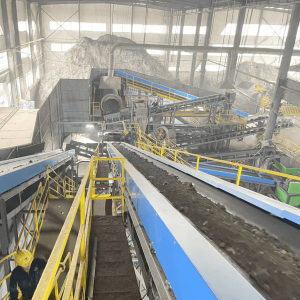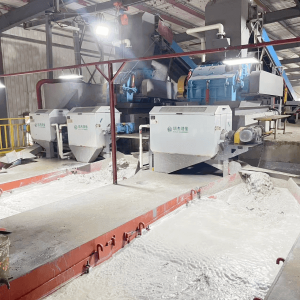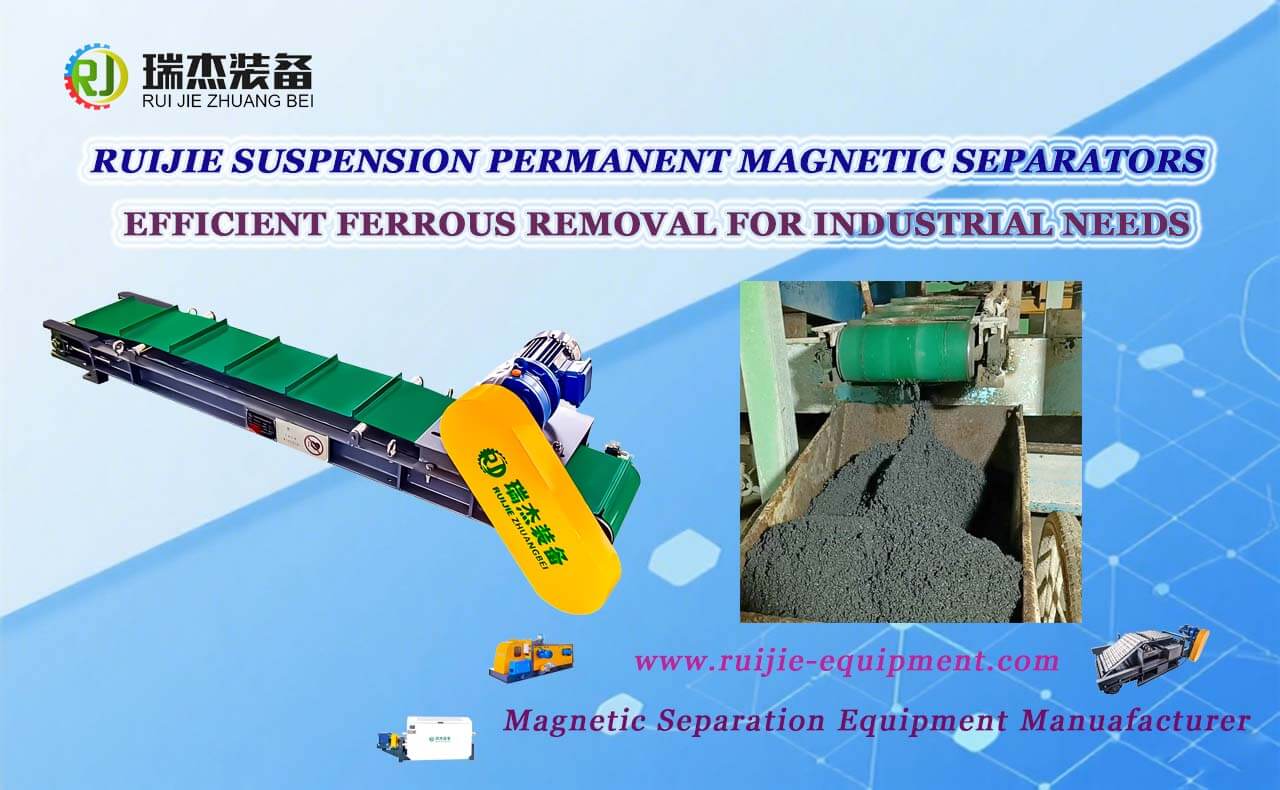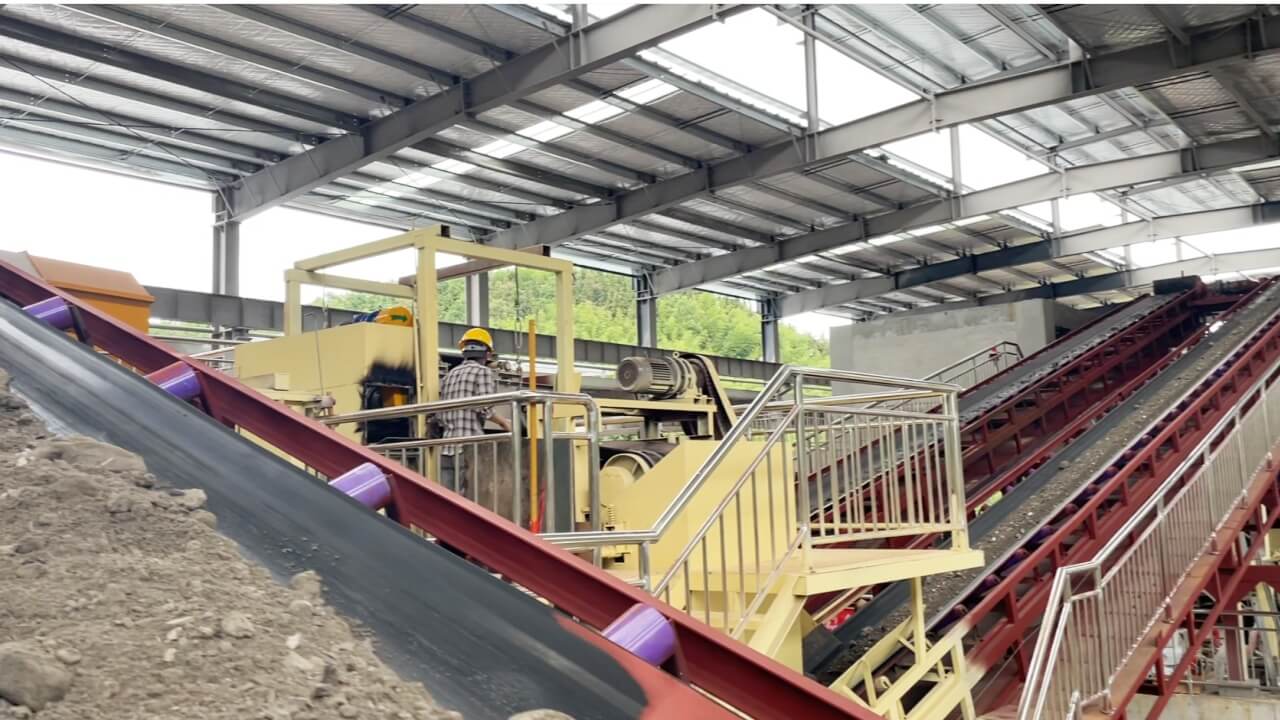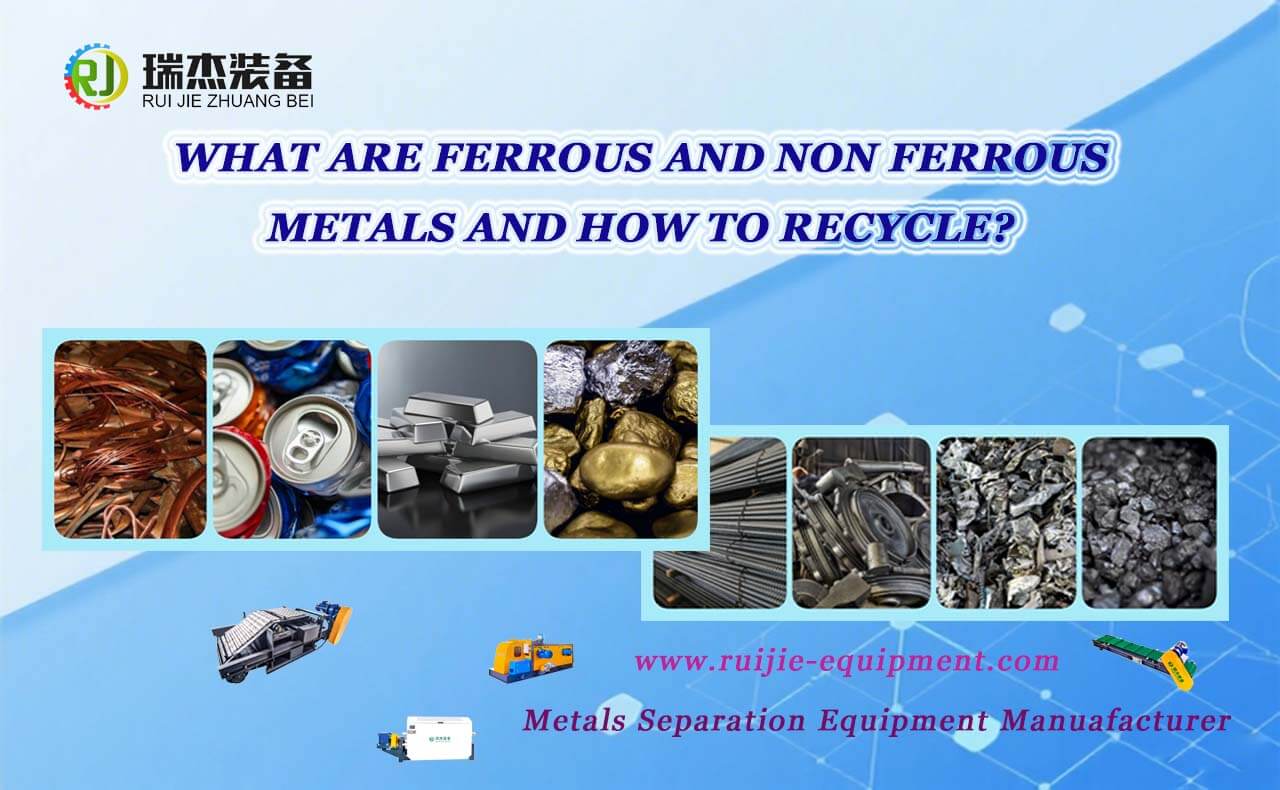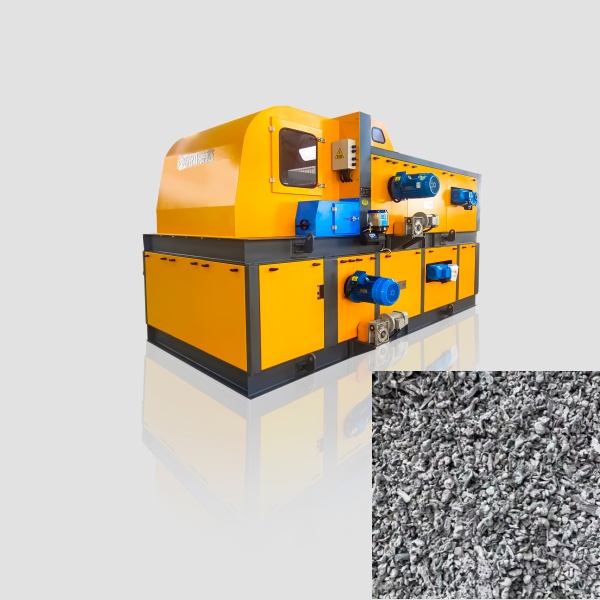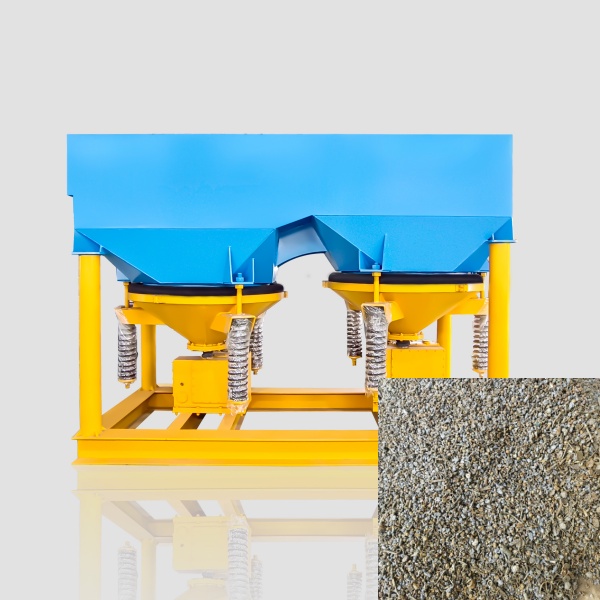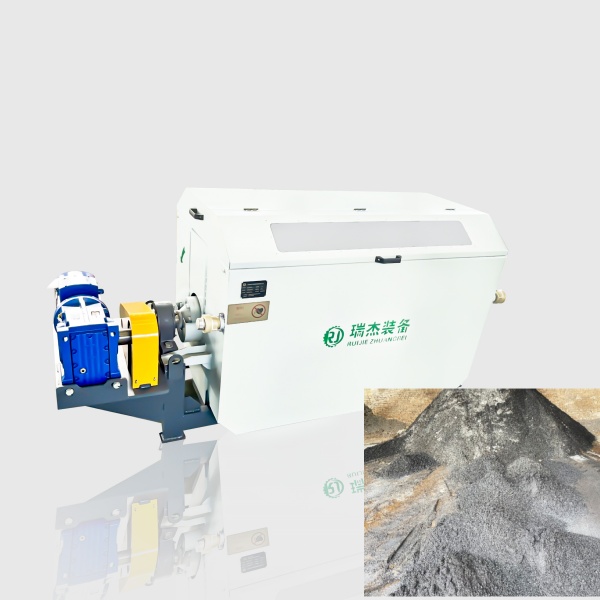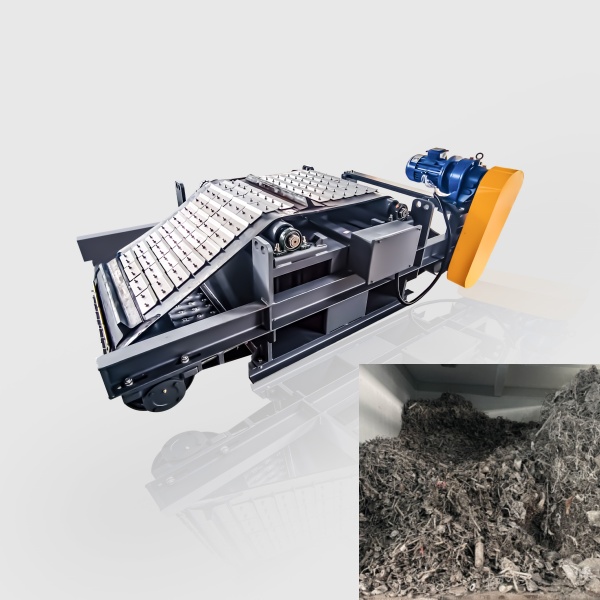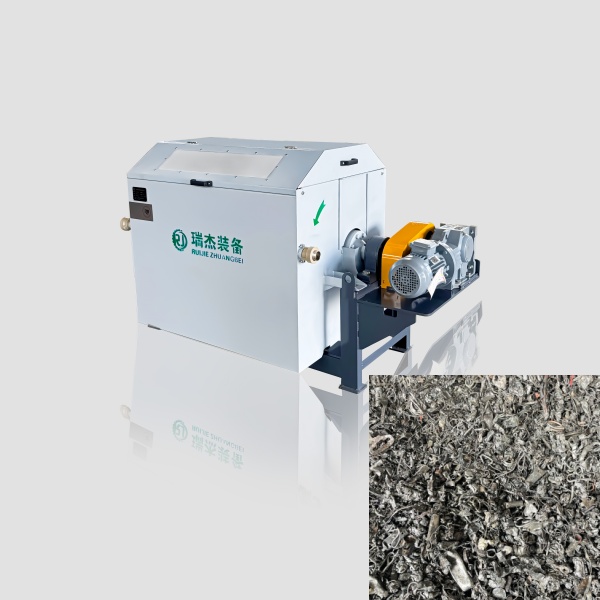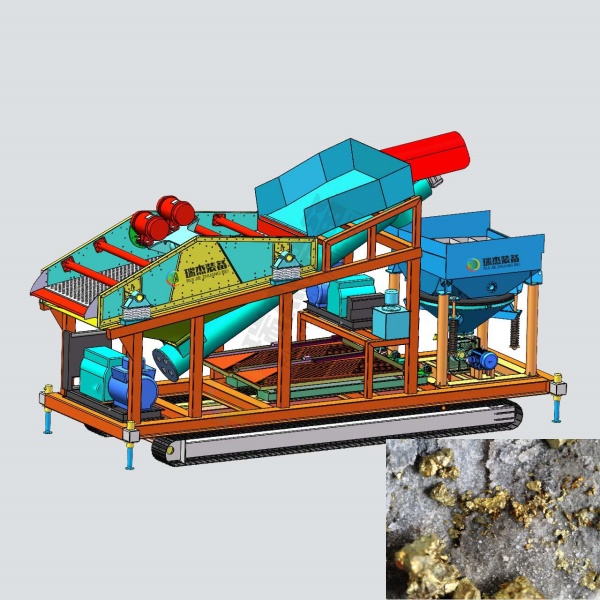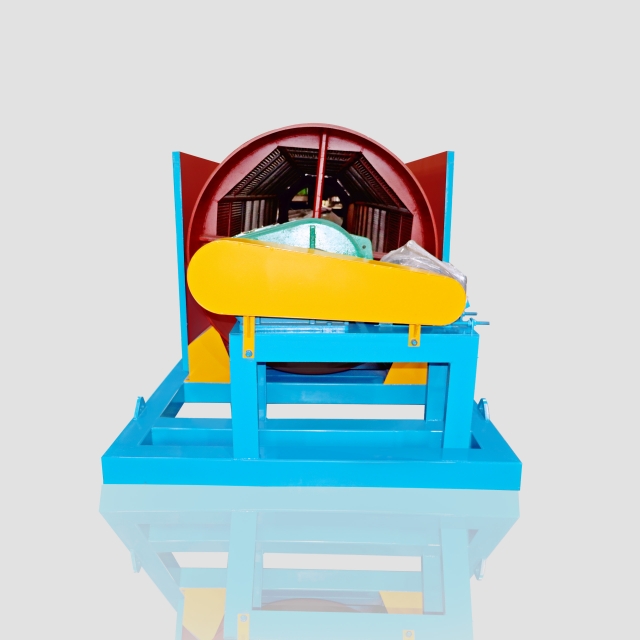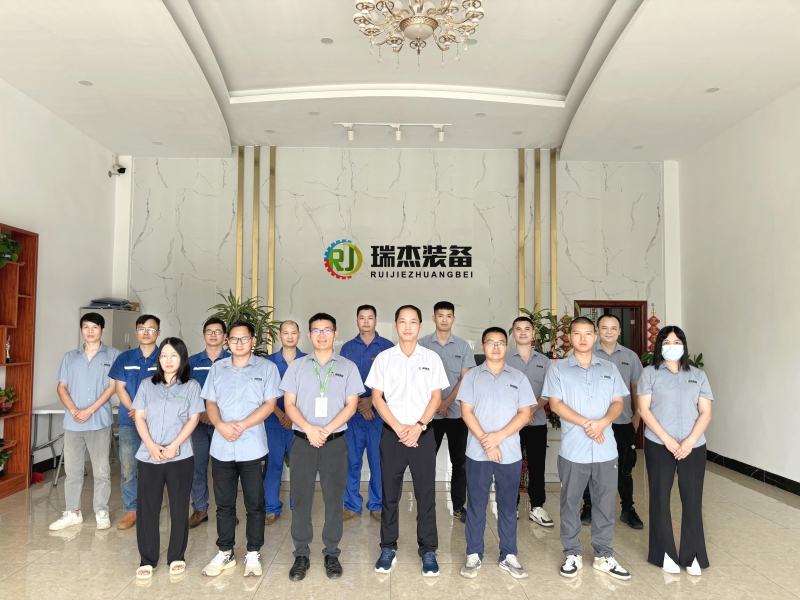To build a clean and sustainable development environment, proper solid waste processing is of great significance. Yet, there is no universally “correct” method for it—all depends on multiple factors like waste composition, regional conditions, and environmental goals. The core of effective solid waste processing lies in two key directions: minimizing environmental pollution and maximizing renewable resource recovery, which guides the evolution of waste management strategies worldwide.
Solid Waste: A Hidden “Resource” Rather Than Waste
Most solid waste is not merely “rubbish” but an underutilized resource. From daily household garbage, construction waste to industrial slag, solid waste contains abundant renewable components: ferrous metals (such as iron and steel), non-ferrous metals (like aluminum and copper), recyclable plastics, and inert materials (including stone and gravel). Recognizing solid waste as a potential resource shifts the traditional “disposal-oriented” concept to a “recovery-oriented” one, laying a solid foundation for sustainable solid waste management.
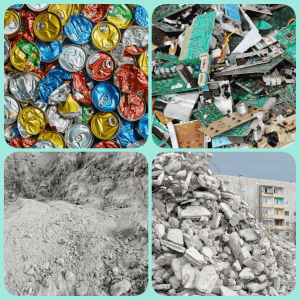
Solid Waste Processing Methods Across Countries: What Works Best?
Solid waste processing methods vary across countries, but the most effective ones share a common priority: solid waste sorting first. Here are the main approaches and their effects:
The optimal method: Sort by types first → Incineration in power plants (for unsorted waste) → Sort and recover with separation equipment
Leading countries in waste management (e.g., Japan, Germany) take solid waste sorting as the starting point—either sorting at the source or through centralized facilities. For unsorted solid waste (after removing hazardous substances), it is incinerated in professional power plants. This not only reduces waste volume by 70%-80% but also generates electricity. After incineration, separation equipment (such as magnetic separators and eddy current separators) is used to sort and recover recyclables from ash and residues. This method not only minimizes pollution but also maximizes economic benefits through renewable resource recovery.
The harmful methods: Direct landfill or simple incineration
Some countries still rely on direct landfill or unregulated incineration. Landfilling occupies a large amount of land, and toxic substances in waste can seep into soil and groundwater, polluting water resources. Uncontrolled incineration releases harmful gases (e.g., dioxins) that damage the atmosphere and threaten human health. Both methods waste valuable renewable resources in unsorted solid waste and cause long-term harm to the ecological environment.
How to Recover Renewable Resources from Incineration Bottom Ash
Incineration bottom ash—once considered a byproduct—now serves as a key source of renewable resources, thanks to advanced recovery equipment. To extract value from bottom ash, the following steps and equipment are critical:
- For ferrous and non-ferrous metals: Specialized separation devices like Ruijie’s eddy current separators and magnetic separators are used. Eddy current separators efficiently separate non-ferrous metals (e.g., aluminum, copper) by inducing magnetic repulsion, while magnetic separators capture ferrous metals (e.g., iron, steel) through magnetic force—ensuring high metal recovery rates.
- For inert residues (stone, gravel): Ruijie’s crushing machines, sand washing machines, and dewatering screens process these materials into fine sand or aggregates, which can be reused in construction (e.g., making concrete, paving roads).
This integration of recovery equipment turns incineration bottom ash into a valuable resource stream, driving the circular economy of solid waste.
How to Choose the Right Solid Waste Processing Method?
The selection of the correct solid waste processing method depends on the specific characteristics of the waste to be processed. Key factors to consider include:
- Waste composition: If the waste is rich in combustible materials and metals, the “sorting → incineration → recovery with separation equipment” method is more suitable; if it is mainly inert materials (e.g., construction waste), focus on recycling through crushing and screening equipment.
- Recovery goals: If renewable resource recovery is a core target, prioritize equipping with solid waste sorting systems and professional recovery equipment (such as magnetic separators and crushing machines).
- Regional conditions: Areas with limited land should avoid direct landfill; regions with high energy demand can give priority to incineration for power generation while ensuring environmental protection.
Conclusion
There is no universal “correct” solid waste processing method, but the most sustainable and efficient ones revolve around solid waste sorting and renewable resource recovery. By treating solid waste as a resource, adopting “sorting-first” strategies, and leveraging advanced renewable resource recovery equipment, countries can reduce environmental harm while creating economic value. As the global focus on sustainability grows, integrating resource recovery into waste processing will become the standard—turning “waste” into a driver of green development.

